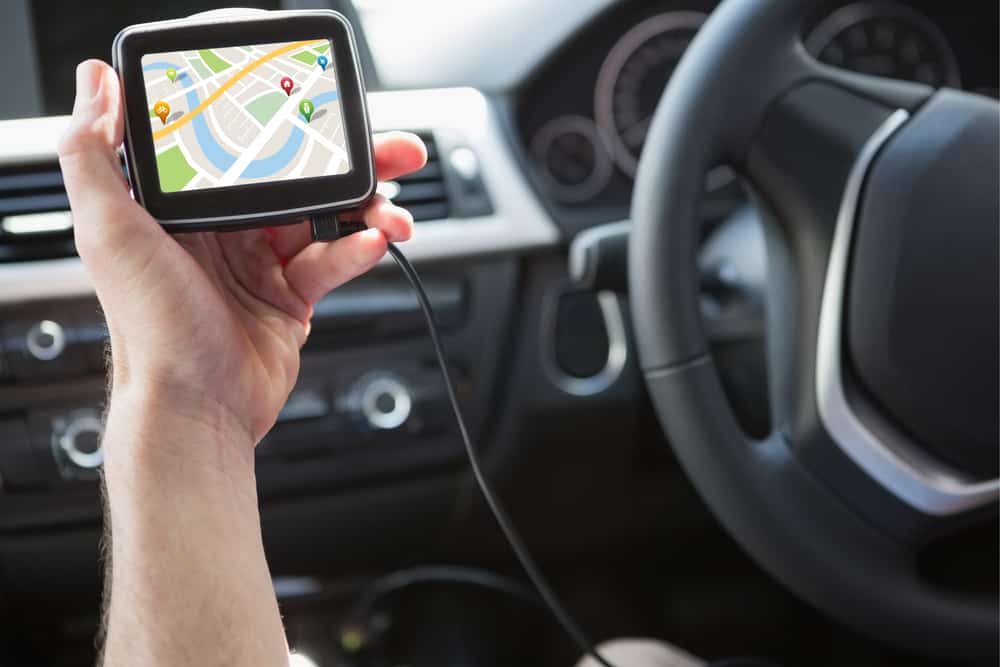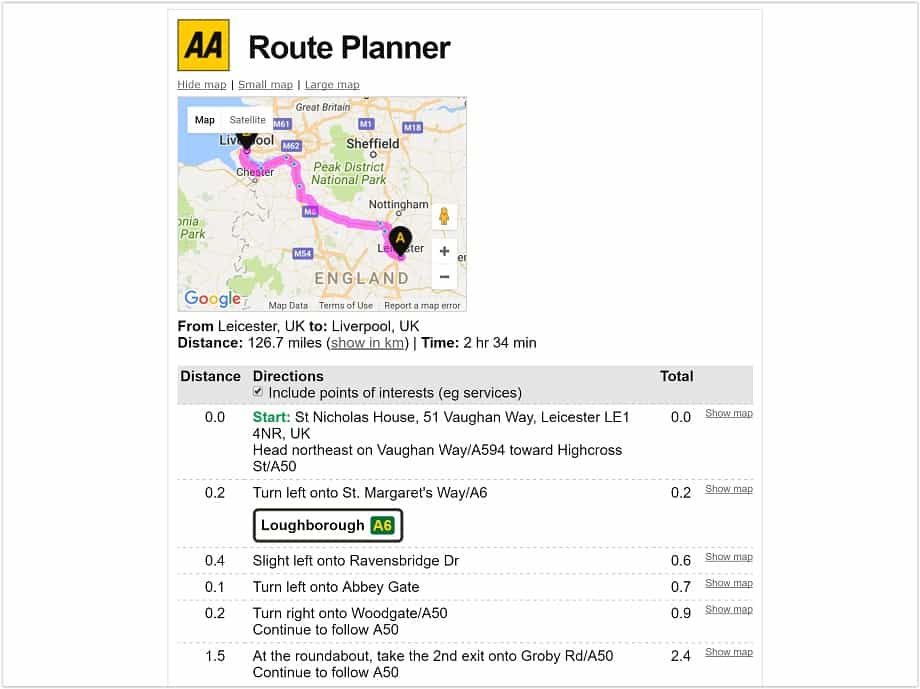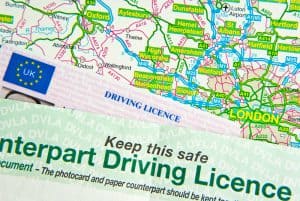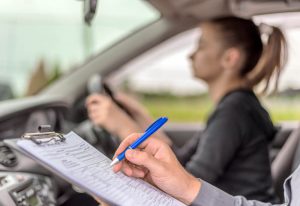5 Tips to Gear Up For Your First Long Distance Journey
More help for you
So: you want to make the most of your newfound freedom by taking a four-hour drive to see friends halfway across the country.
Although your shiny pink licence gives you every right to embark on this epic journey, there’s no doubt it’s going to be quite different compared to what you’re used to.
First up, there’re motorways to contend with -- a far cry from the dual carriageways and A roads you’ve been dealing with up until now. You might want to consider taking the Pass Plus course, which involves driving on a motorway with an instructor, in order to build up your confidence.
On your debut long-distance journey, having an experienced driver you know and trust to your left-hand side can be incredibly valuable. They’ll give you encouragement and any helpful advice along the way.
If you’ve got to be at your destination by a certain time, make sure you leave a little early so you won’t get stressed and feel compelled to rush. You should also factor in regular 15-minute breaks when you’re travelling -- especially at night. The chances of a tired driver being involved in a crash are amplified by driving in the middle of the night, and when travelling on long, straight roads. You may want to consider postponing a journey if you’ve slept poorly the night before, or if you’ve just completed a long shift at work.
Travelling on unfamiliar roads and heading to a town or city you’ve never driven to before can be quite a challenge, so it’s worth taking it slow and planning your route in advance so you’re not under any pressure.
When it comes to mapping out your journey, there are helpful tools and websites which will provide minute-by-minute instructions without posing too much of a distraction. Better still, some of them provide an estimated time of arrival, and allow you to avoid congested areas.
Here are some top tips for making sure that your sat nav or smartphone helps rather than hinders your long-distance journey:
5 Tips for a Successful First Time Long-distance Journey
- 1
Take Instructions with a Pinch of Salt
Changes in road layout aren’t always reflected in the information provided by navigation apps and devices. You should trust your instincts and ignore instructions if you feel it may put yourself or other road users in danger. At worst, the device you’re using will be able to recalculate and organise an alternative route within seconds. Remember: you may need to perform software updates on sat navs regularly to guarantee that you’re receiving up-to-date instructions.
You should also double check that the route looks correct before you set off. Several towns across the UK share the same name -- not to mention residential roads -- and you could very easily end up on the wrong side of the country if you follow a device’s directions blindly.
- 2
Secure Your Device in a Safe Place

Don’t hold it in your handAlthough you should be able to see the screen of your satellite navigation system or smartphone without too much hassle, it shouldn’t obstruct your view of the road ahead.
- 3
Print out Instructions from a Reputable Website As a Back-up Plan

Paper copy may appear to be very handy in rural areasPhone coverage can be temperamental when you’re driving in motorways which slice through rural areas -- and if you get lost, this makes it difficult to download further information to get you back on track. Using a website such as the AA Route Planner allows you to get step-by-step details on the roads you’re going to be using, and the exact junctions where you’re going to need to exit and enter. Keeping this as a hard copy -- along with a trusty atlas which can be bought fairly inexpensively from most service stations and book stores -- will help you prepare for all eventualities.
- 4
Pull over If You Need to Enter Information into Your Phone or Sat Nav
The UK has strict rules when it comes to using digital devices while driving. If you’re going the wrong way, you need to make a detour or your destination has changed, you should stop in a safe place and programme your device there.
- 5
Don’t Leave Your Sat Nav or Phone on Display

Car thieves can steal your belongings in broad daylightIt can be easy to leave valuable possessions on show when you’re quickly popping into a service station for some food, or paying for fuel. However, this is exactly the moment that an opportunistic thief would strike. Always err on the side of caution and take precious items with you -- or stow them out of sight. Accessories which you use to mount sat navs and phones should also be removed, as these act as visual clues that there might be something in your car worth stealing.



